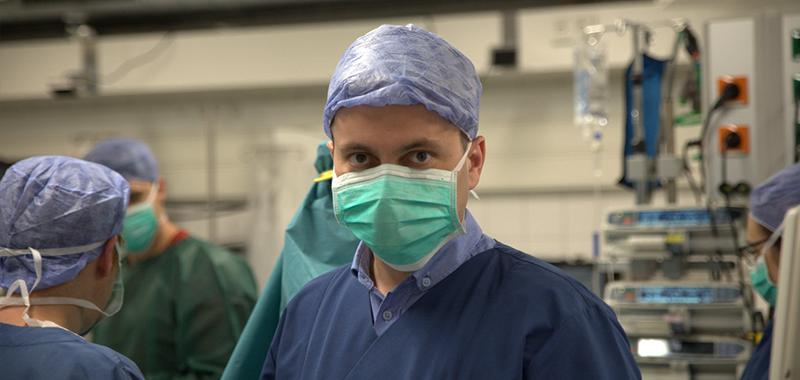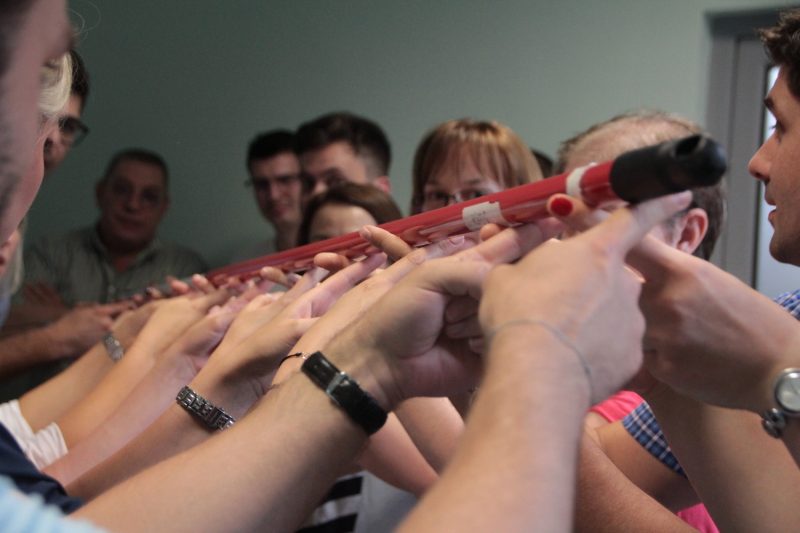
During the past two decades, simulation methods have been adopted worldwide as part of medical education, and the availability of simulation centres has risen substantially, mainly in high-income countries. In this context, Simulation-Based Medical Education had a fast advancement, and it was included in the curriculum of numerous universities as both an educational and assessment tool. Modern simulators may be essential contributors to medical education and increase patient safety by learning specific skills and Crisis Resource Management (CRM) concepts. However, identifying funding sources for simulation centres and trainers’ training can be challenging in low/medium-income countries.
Based on increasing evidence and implementation at the EU level, the simulation training capacity in anaesthesia and intensive care was a high priority in Romania by the Romanian Society of Anaesthesiology and Intensive Care (SRATI) since the beginning of the 2010s. SRATI submitted a project on developing and implementing simulation capacity in Romania in 2015. Further on, through the “Reform Fund linked to Health Issues” thematic fund agreement, the Romanian Ministry of Health, and the Swiss Government, in close cooperation with SRATI, developed “The national simulation training system in anaesthesia and intensive care and other specialities” (SIMLAB) project, that was fully implemented by the beginning of 2020. The project’s main objective was to set up five simulation training centres equipped with medical simulation technology required for basic simulation and complex clinical scenarios. A total of 40 medical doctors and nurses were also trained as trainers in simulation scenarios and practised on the new simulation equipment.

The simulation training centres were developed within Romanian state medical universities. The selection of the five university centres relied on their interest in supporting and developing such training centres. Consideration was also given to the local status of development and operation of basic simulation facilities and activities already in place. All five universities had to prepare the infrastructure and location for hosting the new simulation equipment and the simulation sessions.
The content of the train the trainers’ programme included basic practical teaching skills and a list of priority clinical scenarios and CRM. Local and international trainers held the training. It had five sessions that took place locally and at the Human Simulation Centre Institute for Emergency Medicine at the medical centre of the Ludwig Maximilian University in Munich, under Prof. Marc Lazarovici. Teams of future trainers in the simulation were identified for each centre and composed of at least four anaesthesia and intensive care specialists, one paediatrician and one nurse.
Another project activity was defining the medium-term strategy for each simulation centre, including the maintenance plan for the training equipment and facilities, the visibility and human resource strategy, and the program towards diversification of future funding and development strategies. As part of this development strategy, the simulation centre in Bucharest and the Emergency Institute of Cardiovascular Diseases is involved in the SAFETY project, offering full access to its human and training resources.
Written by Liana Valeanu, Mihai Stefan, Cosmin Balan, Cornelia Predoi, Cornel Robu, Serban Bubenek-Turconi, Daniela Filipescu – EICD Team, Romania



